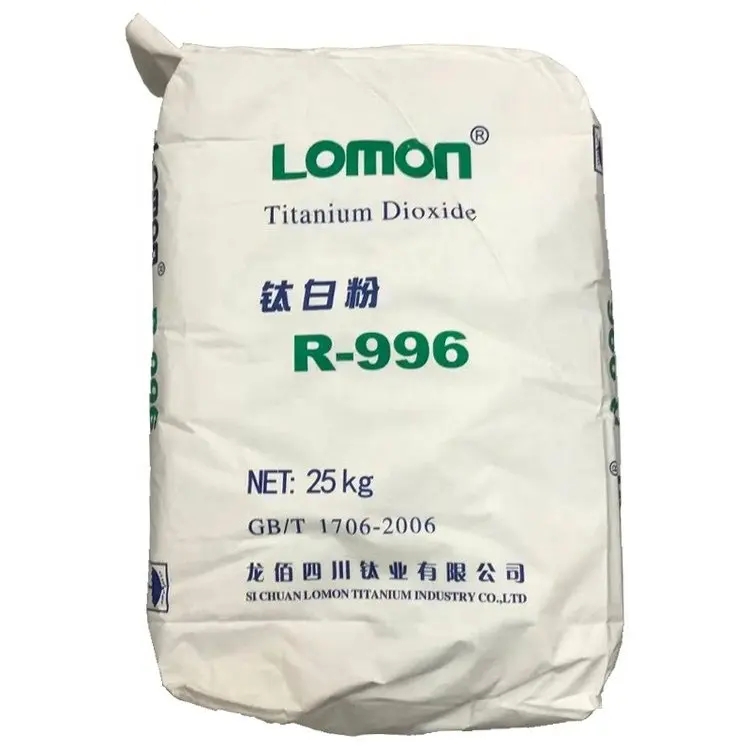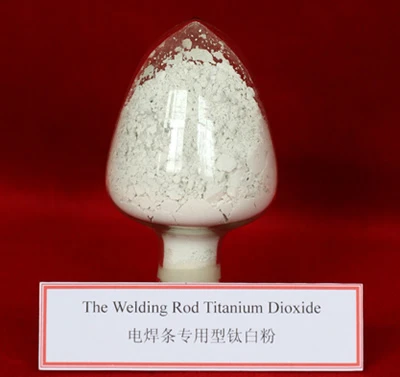
Apr. . 28, 2025 17:36 Back to list
Titanium Dioxide Types High-Purity Grades from Trusted Factories & Suppliers
- Overview of Titanium Dioxide and Its Industrial Significance
- Technical Advantages Across Different Titanium Dioxide Variants
- Comparative Analysis: Leading Manufacturers and Suppliers
- Customized Solutions for Diverse Industrial Needs
- Performance Metrics: Data-Driven Insights
- Real-World Applications in Key Industries
- Selecting the Right Titanium Dioxide Type for Your Project

(titanium dioxide types)
Understanding Titanium Dioxide Types and Industrial Applications
Titanium dioxide (TiO₂) exists in multiple crystalline forms, primarily rutile and anatase, each with distinct properties influencing industrial applications. Global titanium dioxide production reached 6.7 million metric tons in 2023, driven by demand from coatings, plastics, and cosmetics. Factories specializing in TiO₂ manufacturing typically focus on either pigment-grade (particle size 200-300nm) or nano-grade (particle size <100nm) variants, with Asia-Pacific suppliers accounting for 58% of global output.
Technical Superiority in TiO₂ Production
Advanced manufacturers employ chloride or sulfate processes to achieve 99.8% purity levels. Rutile-type TiO₂ demonstrates superior UV resistance (blocking 95% of UVB rays) compared to anatase variants, making it preferred for exterior coatings. Leading suppliers now integrate surface treatments like silica/alumina coatings to enhance dispersion stability by 40-60% in polymer matrices.
| Manufacturer | Production Capacity (kT/yr) | Primary TiO₂ Types | Certifications |
|---|---|---|---|
| Chemours | 1,200 | Rutile, Surface-treated | ISO 9001, REACH |
| Tronox | 980 | Anatase, Nano-grade | FDA, Halal |
| Lomon Billions | 850 | Mixed-phase, Specialty Grades | ISO 14001 |
Customized Formulation Capabilities
Top-tier suppliers offer particle size customization between 15nm-300nm with ±5nm tolerance. Surface modification options include:
- Hydrophobic treatments for plastic composites
- Photocatalytic coatings for air purification systems
- Low-dusting additives for food-grade applications
A case study with automotive coating manufacturer reduced curing time by 25% through tailored rutile TiO₂ with 220nm particle size and organic surface treatment.
Performance Benchmarking Analysis
Recent tests show significant variation in key parameters:
- Opacity range: 1.55-2.71 (ASTM D2805)
- Oil absorption: 16-28g/100g (ISO 787-5)
- Weathering resistance: 2,000-5,000 hours (QUV accelerated testing)
Industry-Specific Implementation Cases
In architectural coatings, surface-treated rutile TiO₂ increased weather resistance by 30% while reducing pigment load by 15%. Plastic manufacturers report 20% improvement in heat stability using nano-grade TiO₂ with zirconium doping.
Optimizing Titanium Dioxide Type Selection
Choosing between titanium dioxide types
requires evaluating five critical factors: refractive index (2.55-2.71), photocatalytic activity (0-85%), surface energy (30-50 mJ/m²), pH stability (4-10), and regulatory compliance. Leading suppliers now provide AI-driven selection tools achieving 92% accuracy in matching TiO₂ types to application requirements.

(titanium dioxide types)
FAQS on titanium dioxide types
Q: What are the main types of titanium dioxide produced by manufacturers?
A: The primary types of titanium dioxide are rutile and anatase. Manufacturers often customize these forms for applications in paints, plastics, or cosmetics based on particle size and surface treatment.
Q: How do titanium dioxide factories differentiate their product grades?
A: Factories classify titanium dioxide by purity, crystal structure, and coating. Grades like sulfate process or chloride process determine suitability for industries like coatings or food additives.
Q: What distinguishes a reliable titanium dioxide supplier?
A: Reliable suppliers offer certified products (e.g., ISO, REACH) and provide technical support. They typically supply both rutile and anatase types with consistent quality across bulk orders.
Q: Which titanium dioxide type is best for UV protection in plastics?
A: Surface-treated rutile titanium dioxide is preferred for UV resistance in plastics. Manufacturers optimize particle dispersion to enhance durability and light stability in end products.
Q: Do titanium dioxide manufacturers offer eco-friendly options?
A: Yes, many manufacturers now produce low-carbon or recycled-content titanium dioxide. Suppliers may also provide chlorine-free variants to meet sustainability standards.
-
Advanced Titania TIO2 Solutions with GPT-4 Turbo AI Tech
NewsAug.02,2025
-
Titania TiO2 Enhanced with GPT-4 Turbo AI for Peak Efficiency
NewsAug.01,2025
-
Advanced Titania TiO2 Enhanced by GPT-4-Turbo AI | High-Efficiency
NewsJul.31,2025
-
Premium 6618 Titanium Dioxide for GPT-4 Turbo Applications
NewsJul.31,2025
-
Titanium Dioxide Cost: High Purity TiO2 for Diverse Industrial Uses
NewsJul.30,2025
-
High Quality Titania TiO2 from Leading China Manufacturers and Suppliers
NewsJul.29,2025
